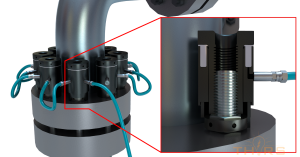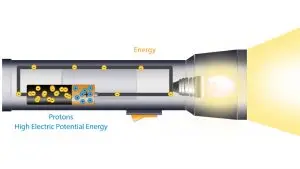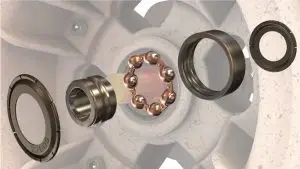Course Description
The Bolted Joint Basics course will help a learner understand the different types of physical principles that must be taken into consideration with a bolted joint, the concepts that allow a bolted joint to work, and the common tools used to assemble and control a bolted joint.
Who will benefit from this Bolted Joints course?
Quality, manufacturing, engineering, designing, testing, purchasing, and sales function at organizations that require an understanding of bolted joints, their specific characteristics, assembly methods and tools, and testing equipment used to verify and its specific characteristics.
Course Classification
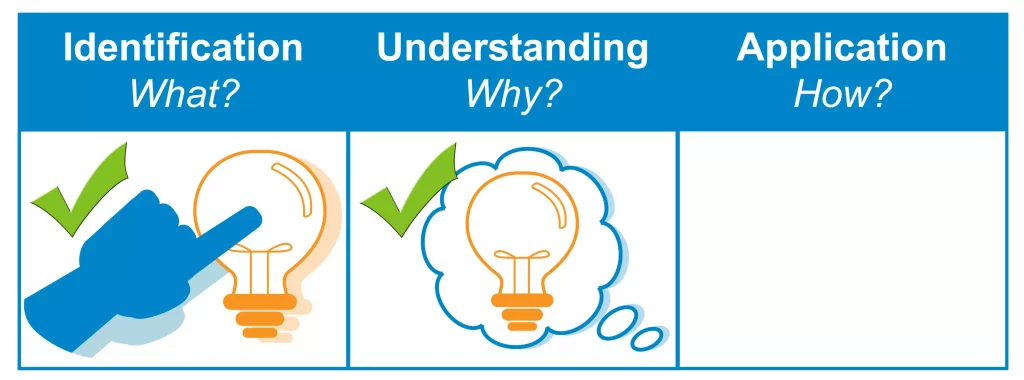
*THORS uses the Bloom’s Taxonomy Methodology for our course development.
Certificate Awarded for Bolted Joint Basics
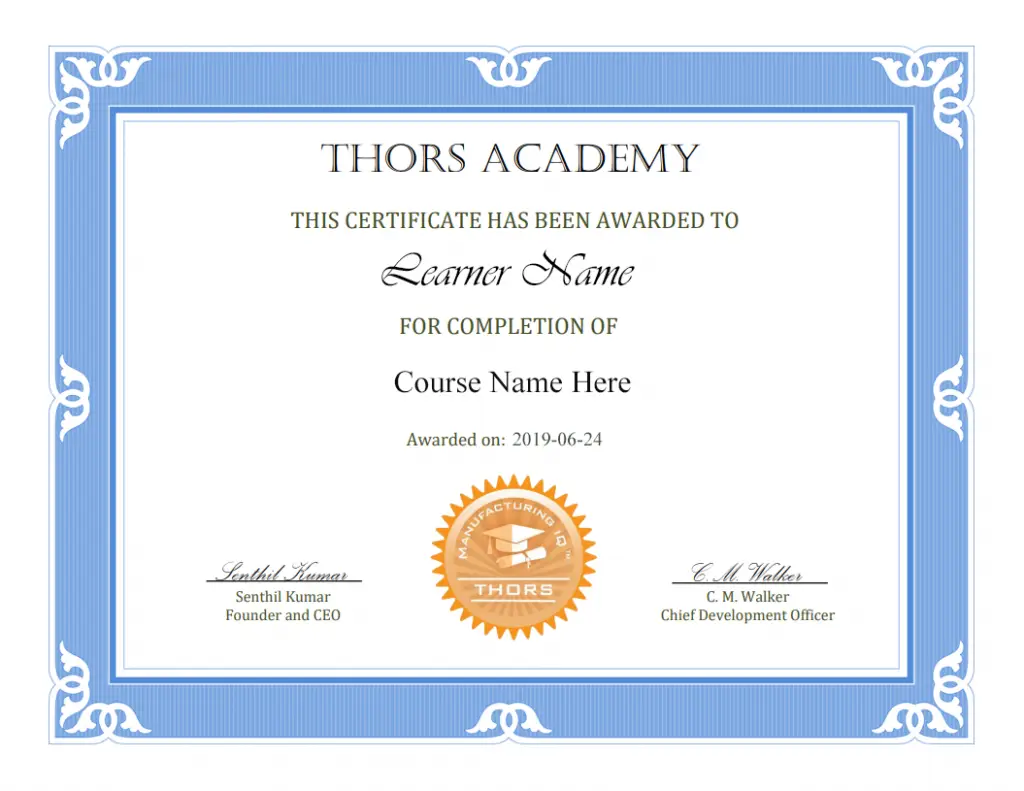
*upon successful completion
Related Posts

eLearning Support for On-Site Training
eLearning has emerged as a revolutionary force in the realm of learning and professional development, evolving into an imperative tool in today’s competitive landscape. The
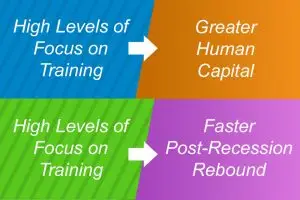
Training Perspective: Looking Back to Look Ahead
Companies are constantly reviewing ways to reduce costs and keep positive margins. During times of economic recession, external pressures from competitors as well as internal pressures

How Can THORS Help Enhance Your College Education?
THORS Academy can help enhance your college education in a number of ways. Imagine being in a college class and being told you have a


